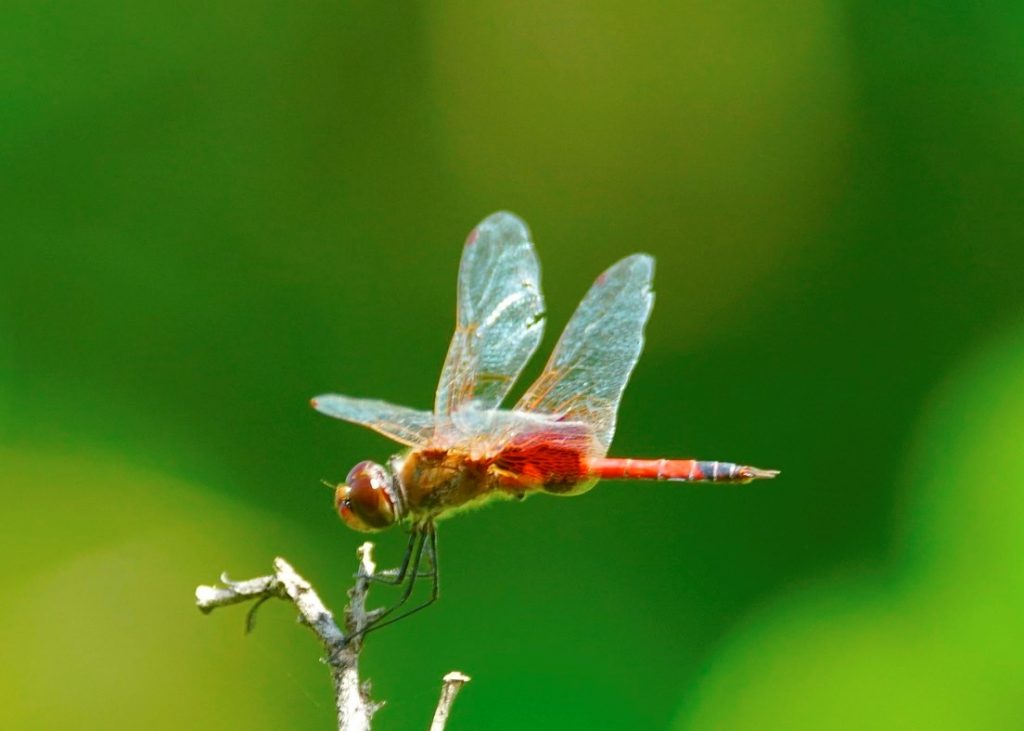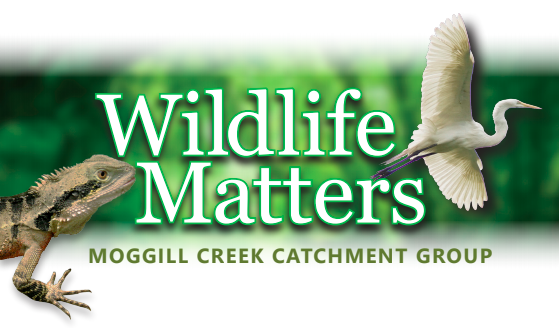Dragonflies are primitive animals that have successfully survived since Gondwana times.
They are important insects that are both predator and prey and feature in the food chain of many of our most important aquatic animals. The adults are very strong hunters eating insects often taken on the wing and eaten in flight. They feed on moths, mosquitos and flies. Their aquatic larvae are voracious feeders that have an extendable lower jaw. They eat fish as large as themselves and feed on mosquito wrigglers, worms and shrimp. In turn, locally, they are a large part of the diet of Platypus and Eel-tailed Catfish that are adapted to detect them with the Platypus’s electrical detection ability and the Catfish’s whiskers. Dragonflies are such strong fliers that they can even evade capture by swallows. The only bird species I have photographed with a dragonfly is a Restless Flycatcher.
The Dragonfly illustrated is a Common Glider Tramea loewii. After changing from a final stage nymph at the water’s edge it flies well away from the water to feed on mainly flying insects. If it is a male, after it has fed for a few days, it returns to find an area of the slow stream or pond where it established itself on a favourite twig where it can observe the patch of water it defends waiting for females to arrive. It defends its’ patch ferociously which is evident by the damage to the wings of the one in the photo. The females also bulk up away from the water and return when they are ready to mate and lay their eggs singly in the water. They lay about 1000 eggs which quickly hatch and go through 10 or more nymph stages before they emerge as adults. The time from egg to adult varies due to temperature of the water and food supply and can be as short as three months to more than a year.
Ed Frazer
 Common Glider Dragonfly (Tramea loewii) – Photo Ed Frazer
Common Glider Dragonfly (Tramea loewii) – Photo Ed Frazer
Published in



